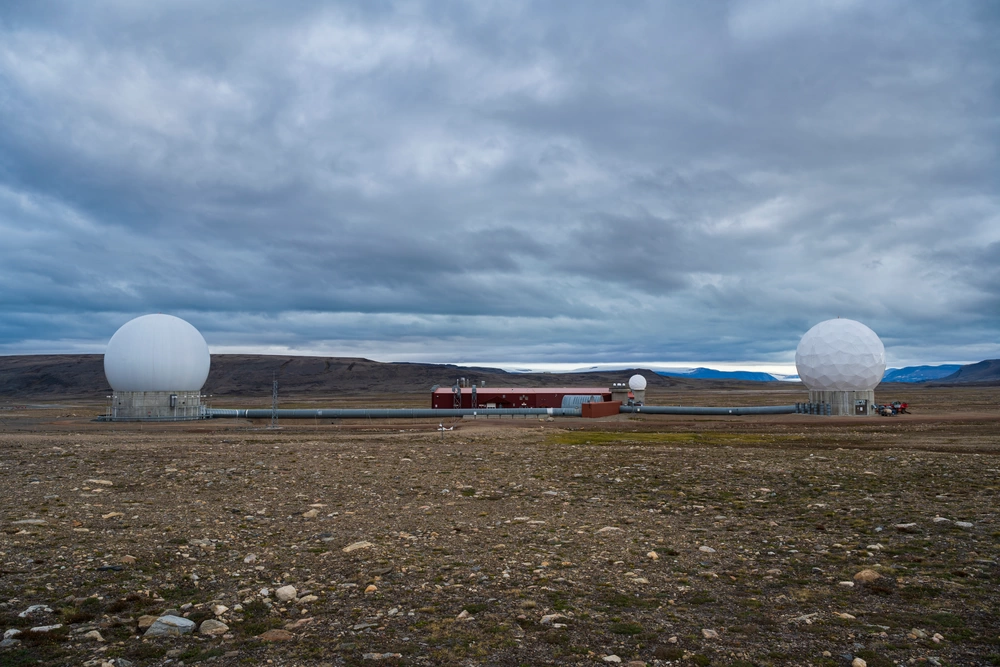During the Cold War, Greenland—a vast, icy territory under Danish sovereignty—became a silent but critical battleground in the U.S.-Soviet standoff. From secret nuclear bases to abandoned Arctic outposts, here’s the untold story of America’s military footprint on the world’s largest island.

1. Thule Air Base: America’s Arctic Fortress
- Established in 1951 under a U.S.-Denmark treaty, Thule became the northernmost U.S. military base, just 947 miles from the North Pole.
- Strategic Role: Early-warning radar for Soviet ICBMs, refueling hub for nuclear bombers (B-52s).
- Controversy: In 1968, a B-52 carrying four hydrogen bombs crashed near Thule, scattering radioactive debris (Project Crested Ice). Denmark later discovered the U.S. had secretly stored nukes there—violating their agreement.

2. Project Iceworm: The Secret Nuclear City Under the Ice
- Classified Mission (1960–1966): The U.S. Army dug Camp Century, a network of tunnels under Greenland’s ice sheet, powered by a portable nuclear reactor.
- Official Cover: A “scientific research” station studying Arctic living.
- Real Purpose: To test deploying 600 nuclear missiles (Project Iceworm) beneath the ice, within striking distance of the USSR.
- Abandoned: Shifting ice made the tunnels unstable; the reactor was removed, but toxic waste (including nuclear coolant) remains buried.
3. The Danish Dilemma
- Denmark’s Neutrality: Officially banned nukes on its soil, but turned a blind eye to U.S. activities.
- 1968 Scandal: The Thule crash revealed hidden nuclear agreements, sparking protests in Denmark.
- Modern Tensions: Greenlanders today debate environmental cleanup and sovereignty as the U.S. expands Thule’s radar systems amid new Arctic rivalries (Russia/China).
4. Ghosts of the Ice
- Abandoned Bases: Sites like BLUIE East-2 (a WWII-era weather station) litter the coast, rusting under the Northern Lights.
- Climate Change Impact: Melting ice risks exposing Project Iceworm’s toxic waste, including PCBs and radioactive coolant.
Why This Matters Today
- Arctic Militarization: Russia’s recent Arctic buildups and China’s “Polar Silk Road” have renewed Thule’s importance.
- Greenland’s Independence Movement: Could force renegotiations of U.S. basing rights.








